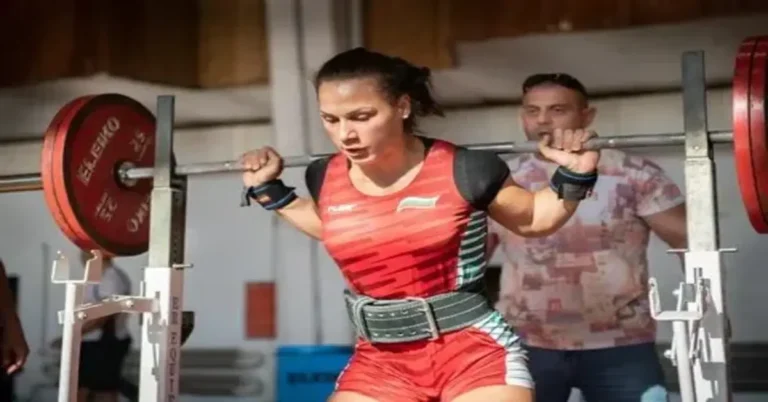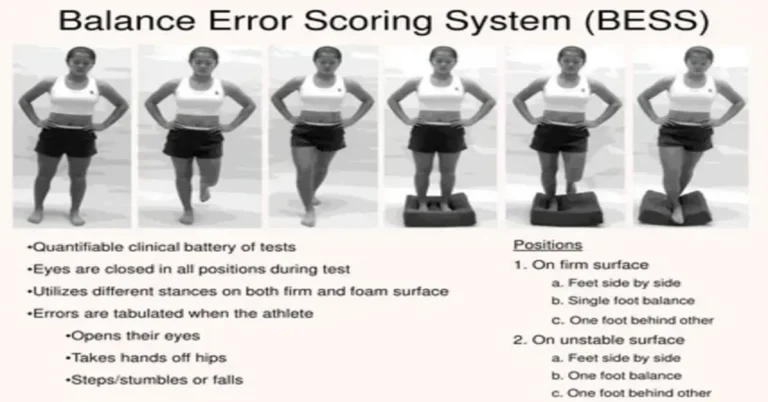The Wilks score is a widely used metric in powerlifting to compare the strength of lifters across different body weights and genders. It allows for a fair comparison by normalizing the total weight lifted relative to the lifter’s body weight. Whether you’re a competitive powerlifter or a fitness enthusiast looking to gauge your progress, improving your Wilks score is a great way to measure your strength gains. In this article, we’ll explore actionable strategies to help you boost your Wilks score effectively.
Understanding the Wilks Score
Before diving into how to improve your Wilks score, it’s essential to understand how it’s calculated. The Wilks formula assigns a coefficient based on your body weight and gender, which is then applied to your total lifted weight (the sum of your best squat, bench press, and deadlift). The formula is:
Wilks Score = Total Lifted Weight × Wilks Coefficient
The higher your Wilks score, the stronger you are relative to your body weight. A score above 400 is considered elite, while scores above 500 are world-class.
Key Factors That Influence Your Wilks Score
- Total Lifted Weight: The sum of your squat, bench press, and deadlift.
- Body Weight: Lower body weight with the same total lifted weight results in a higher Wilks score.
- Strength-to-Weight Ratio: Improving your strength while maintaining or reducing body weight is key.
Now, let’s break down the strategies to improve your Wilks score.
1. Optimize Your Training Program
a. Focus on the Big Three Lifts
The Wilks score is based on your performance in the squat, bench press, and deadlift. To improve your score, prioritize these lifts in your training program. Use periodization to structure your training into cycles, focusing on building strength, peaking, and recovering.
- Squat: Work on improving depth, mobility, and leg strength. Incorporate variations like pause squats and front squats.
- Bench Press: Focus on lockout strength, triceps development, and chest activation. Use close-grip bench presses and overhead presses as accessories.
- Deadlift: Strengthen your posterior chain with Romanian deadlifts, deficit deadlifts, and hip thrusts.
b. Incorporate Accessory Work
Accessory exercises target weak points and improve overall muscle balance. Examples include:
- For Squats: Leg presses, lunges, and hamstring curls.
- For Bench Press: Dumbbell presses, triceps extensions, and chest flyes.
- For Deadlifts: Good mornings, back extensions, and grip-strength exercises.
c. Train with Submaximal Weights
Lifting near your max all the time can lead to burnout and injury. Instead, use submaximal weights (70-85% of your 1RM) for higher volume and better technique practice. Programs like 5/3/1 or Sheiko are excellent for this approach.
2. Improve Your Technique
Efficient technique allows you to lift more weight with less effort. Here’s how to refine your form:
a. Work with a Coach
A qualified powerlifting coach can identify technical flaws and provide personalized feedback. Even a few sessions can make a significant difference.
b. Film Your Lifts
Record your lifts from multiple angles to analyze your form. Look for issues like uneven bar paths, poor bracing, or improper foot positioning.
c. Practice Consistently
Repetition is key to mastering technique. Perform each lift with intention, focusing on proper form every time.
3. Manage Your Body Weight
Since the Wilks score favors lifters with lower body weights, managing your weight can significantly impact your score. However, this doesn’t mean you should crash diet or lose muscle mass. Instead, focus on:
a. Body Recomposition
Aim to lose fat while maintaining or gaining muscle. This improves your strength-to-weight ratio. Track your calories and macronutrients to ensure you’re in a slight caloric deficit while consuming enough protein (1-1.2 grams per pound of body weight).
b. Strategic Weight Cutting
If you’re competing, consider cutting weight before a meet to compete in a lower weight class. However, this should be done carefully to avoid losing strength. Gradually reduce calories and water intake in the weeks leading up to the meet.
4. Build Mental Toughness
Powerlifting is as much a mental game as it is physical. Building mental toughness can help you push through plateaus and lift heavier weights.
a. Visualize Success
Before attempting a heavy lift, visualize yourself completing it successfully. This primes your mind and body for the task.
b. Set Realistic Goals
Break down your long-term goals into smaller, achievable milestones. Celebrate each success to stay motivated.
c. Practice Competition Lifts
Simulate meet conditions in training by performing competition-style lifts with commands and timed rest periods. This prepares you mentally for the pressure of competition.
5. Prioritize Recovery
Recovery is crucial for strength gains. Without proper recovery, you risk overtraining and injury.
a. Sleep
Aim for 7-9 hours of quality sleep per night. Sleep is when your body repairs and builds muscle.
b. Nutrition
Fuel your body with nutrient-dense foods. Prioritize protein, healthy fats, and complex carbohydrates. Consider supplements like creatine, beta-alanine, and omega-3 fatty acids to support recovery and performance.
c. Active Recovery
Incorporate low-intensity activities like walking, yoga, or foam rolling to improve blood flow and reduce soreness.
6. Compete Regularly
Competing provides valuable experience and motivation to improve. It also helps you gauge your progress and identify areas for improvement.
a. Learn from Each Meet
Analyze your performance after each competition. What went well? What needs work? Use this feedback to adjust your training.
b. Build Confidence
The more you compete, the more comfortable you’ll become with the meet environment. This confidence can translate to better performance on the platform.
7. Track Your Progress
Monitoring your progress helps you stay on track and make informed adjustments to your training.
a. Keep a Training Log
Record your lifts, weights, and how you feel during each session. This helps you identify trends and plateaus.
b. Test Your Maxes
Periodically test your 1RM in the squat, bench press, and deadlift to track your strength gains and recalculate your Wilks score.
c. Adjust as Needed
If your progress stalls, reassess your program, nutrition, and recovery strategies. Don’t be afraid to make changes.
Sample Training Week to Improve Your Wilks Score
Here’s an example of a weekly training split designed to boost your Wilks score:
Day 1: Squat Focus
- Back Squat: 5×5 at 75% of 1RM
- Pause Squat: 3×3 at 70% of 1RM
- Leg Press: 4×8-10
- Core Work: Planks, Hanging Leg Raises
Day 2: Bench Press Focus
- Bench Press: 5×5 at 75% of 1RM
- Close-Grip Bench Press: 3×3 at 70% of 1RM
- Dumbbell Press: 4×8-10
- Triceps Extensions: 3×12-15
Day 3: Deadlift Focus
- Deadlift: 5×5 at 75% of 1RM
- Deficit Deadlift: 3×3 at 70% of 1RM
- Romanian Deadlift: 4×8-10
- Grip Work: Farmer’s Walks, Fat Grip Holds
Day 4: Active Recovery
- Light Cardio, Yoga, or Mobility Work
Day 5: Accessory Day
- Pull-Ups, Rows, Face Pulls, Hip Thrusts, and Core Work
Final Thoughts
Improving your Wilks score requires a combination of smart training, proper nutrition, and consistent effort. By focusing on the big three lifts, refining your technique, managing your body weight, and prioritizing recovery, you can make steady progress toward a higher score. Remember, powerlifting is a marathon, not a sprint. Stay patient, stay consistent, and the results will follow.
Whether you’re aiming to compete or simply want to measure your strength gains, a higher Wilks score is a testament to your dedication and hard work. Now, get out there and lift!Wilks score requires a combination of smart training, proper nutrition, and consistent effort. By focusing on the big three lifts, refining your technique, managing your body weight, and prioritizing recovery, you can make steady progress toward a higher score. Remember, powerlifting is a marathon, not a sprint. Stay patient, stay consistent, and the results will follow.
Whether you’re aiming to compete or simply want to measure your strength gains, a higher Wilks score is a testament to your dedication and hard work. Now, get out there and lift!






